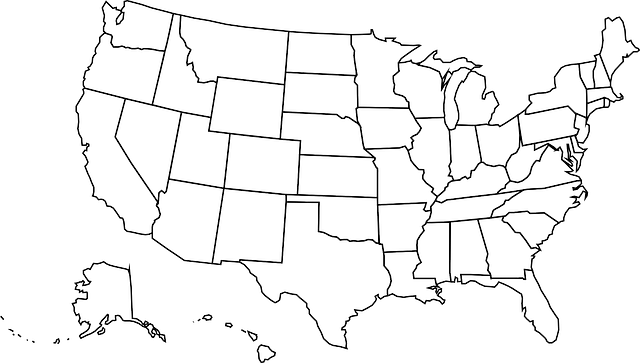Tribes and Regions
North America is a very large continent. Terrain and climate varies widely across North America. Because of these differences, there was also a wide variety of native tribes.
North America is generally divided into the following regions:
- Northwest Coast
- Plains
- Southwest
- Artic
- Southeast Woodlands
- Northeast Woodlands


The Northwest Coast is a small area that includes parts of present-day Oregon, Washington, and southern Canada. The major tribes from this region include the Makah, Nootka, and Tlingit.

The Plains includes a very large region in the central United States. It extends from the southern boundary of Canada to parts of Texas. The tribes of the Plains—especially the Sioux—were very good horsemen and fierce warriors. The most well-known of the Plains tribes were the Sioux, Pawnee, Blackfoot, Crow, Cheyenne, and Arapaho.

The Southwest covers an area that included present-day Utah, Colorado, New Mexico, Arizona, parts of Texas, and extends downward into Mexico. Most of the tribes in the Southwest region were nomadic and relied on farming to survive. The United States fought numerous wars against the tribes in the Southwest, and they developed a reputation for being fearsome fighters. The most famous of the Southwestern tribes include the Hopi, Navajo, Zuni, and Apache.

The Arctic has probably the harshest climate of any of the regions. It is very large, and stretches from Siberia through Alaska and Canada to Greenland. The native peoples of the Arctic include the Inuit and the Aleut.

The Southeast Woodlands includes most of the southeastern area of the United States, from Florida to Texas and extending northward to North Carolina. The tribes in this part of the United States were varied and often developed very complex and advanced societies. Among these were the Five Civilized Tribes: Creek, Cherokee, Chickasaw, Choctaw, and Seminole. They tended to settle along river valleys and were primarily farmers.

The Northeast Woodlands is another very large area. This includes the area between the Mississippi River to the Atlantic Coast, and from the Great Lakes to the Tidewater region of Virginia and North Carolina. Many of the tribes in the Northeast were the native people who first encountered Europeans in the New World. Because of that, they played a large part in early American history. The major tribes in the Northeast include the Iroquois, Wampanoag, Narraganset, Creek, Massachuset, and Nauset.

Remember that even though tribes might live in the same general region and share things in common, each native society was unique. There were far too many native societies—even in a relatively small region—to attempt to describe their culture according to region.



